7 Travel Necessities for Japan: What You Need to Pack for Your Trip
Packing for Japan can sometimes feel a bit overwhelming. So to help you out, we’ve put together a list of 7 travel necessities for Japan. We hope this travel tip will help you make a packing list of what to pack and give you an idea of what things not to bring to Japan.
CONTENTS
7 Travel Necessities for Japan
1. Suitcase
I know, this one is obvious. But is it?
Japan’s major stations are very crowded. Adding tourists with large luggage really adds to the congestion.
Our suggestion to all of our guests is to pack as light as possible, bring no more than two suitcases per person, and keep your suitcase size to a 25 inch maximum.
Anything larger than 25 inches will be difficult to maneuver in crowds, will incur an additional fee on the Shinkansen bullet train, and require specific seats for their owners, limiting train availability.
Becki and I travel with a 21-inch Travel Pro Versapack spinner suitcase and a 25-inch Travel Pro Versapack spinner suitcase each.
Our 25 inch Travel Pro Versapack Spinners
These suitcases are made from ballistic nylon, making them nearly impossible for airlines to rip – I know the challenge has been accepted.
They’re also equipped with Travel Pro’s PrecisionGlide System wheels. This makes navigating with these suitcases effortless. Honestly, this is my favorite feature!
Hands down, the best suitcases we’ve ever owned.
2. Backpack / Day Pack
A backpack is crucial when touring around Japan. It’s great for holding all your camera gear, passport, hat, snacks, hydration, and anything else you may need when sightseeing.
Another huge benefit is that it makes a fantastic overnight bag. Sometimes we like to send our suitcases on to our next destination while we stay overnight somewhere off the beaten path.
Unbeknownst to most, Japan’s luggage forwarding services usually require you to be without your luggage for a night. So you’ll need a backpack to carry your toiletries and clothes for the following day.
I like having a nice big backpack. Mainly because I’m the mule and end up carrying anything that’s either bulky, heavy, or both – especially both. My ideal size is somewhere between 24 to 28 liters.
Becki likes a bit of a smaller 17 to 20 liter backpack. She’s currently using North Faces’ Isabella 17 liter backpack. It’s big enough to be used as an overnight bag, carrying her 13 inch laptop, toiletries, and sightseeing clothes.
Becki wearing her North Face Isabella backpack on the Nakasendo Trail
I’m currently using North Face’s Roamer Day 24.5 liter backpack. It’s difficult to find because it’s made for the Japanese market and it’s a bit pricier than most other North Face bags.
My next bag, already added to my wish list, is going to be Tropicfeel’s Shell backpack. It’s capable of expanding from 20 liters to 40 liters and has a Kangaroo pocket to carry additional items like shoes. What!?!? Go ahead, click the link and check it out.
3. Japan Rail Pass
If you’re anything like us, you’re not doing a BIG BUS tour of Japan. Blah!
In that case, you will definitely need a Japan Rail Pass. This gem is your passport to traveling all over Japan on the renowned Shinkansen bullet train. That alone makes it worth the price.
Japan Rail Pass with Reserved Seat Ticket
It’s also great for getting around on local JR trains, JR tourist buses and JR ferries.
It doesn’t work on subways and private train lines, but the money you’ll save on your JR tickets will make up for this.
4. Pocket WiFi / SIM card
Connectivity is paramount in Japan. You’ll find yourself needing to use the internet, Google maps, or a translator at some point, I guarantee.
Free WiFi is sparse, spotty, and not guaranteed. If available, it usually requires a ridiculous registration process that takes longer to complete than it does to find the result of your query.
If you stop using the service for a minute or two, you find yourself right back at the start of having to register all over again. Long story short, it’s a pain in the butt.
However, there are some options available to anyone traveling to Japan.
My favorite solution is something called a pocket WiFi, known in the US as a mobile hotspot. It’s essentially a small battery operated WiFi router that runs off a SIM card and a mobile network.
Typical Rental Pocket WiFi Router
You can rent a pocket WiFi device online and either pick it up at the airport upon arrival or have it delivered to your hotel to be picked up upon checkin.
The battery lasts all day and you can connect multiple devices to the network at once, making it a very cost effective option for families.
If you have an unlocked phone, and you don’t need to share a network with anyone, you can also rent a SIM card or buy a SIM card. Keep in mind that you will not get a phone number, nor be able to make phone calls.
Tourists are only permitted to get data SIM cards, so it will only be for surfing the web. This option works best if you have two phones. Your main phone that you use for texting and calling and another for surfing the web.
The final option is what we do. It’s a combo of the two I listed above. I bought an unlocked mobile router from Amazon and never looked back.
Our Unlocked Pocket WiFi Router
Becki and I travel a lot. So whenever we get to a new country, we just buy a data SIM card and pop it into our pocket WiFi router and BOOM! Everyone is instantly connected.
5. Shoes
Comfortable shoes are extremely important!
Japan is a walking based society. Yes there are cars, and a lot of them, but the vast majority of people in metropolitan areas walk and use public transportation.
You will walk a lot in Japan. Even if you’re on a bus tour, you’re going to walk more than you expect. Many of the sites are built on hill tops that can only be accessed by foot.
Becki and I travel with two pairs of shoes, neither of which are dress shoes. First is a good pair of walking or running shoes. Preferably a nice breathable pair made by either Nike, New Balance, Asics, Adidas, etc,.
Becki with tour group in Nara wearing orange running shoes
Second is a pair of water resistant shoes. They don’t need to be waterproof. They just need to be comfortable and something that will keep our feet a bit drier then running shoes.
I like the Adidas Busenitz as my rain shoe when traveling in Japan. Becki prefers the Adidas Campus shoe. Both are comfortable and made of leather, so they keep our feet a bit more dry in the rain.
It’s best if your shoes are easy to take on and off. You will be removing your shoes more than you’re used to doing back home. You will need to remove them to enter temples, ryokan, and some restaurants, just to name a few.
That reminds me. SOCKS! Bring lots of clean socks without holes. Like I said, you’ll be taking your shoes off quite a lot. You don’t want to be embarrassed by your socks.
If you forget, socks can be purchased just about anywhere. Including convenience stores. We buy Uniqlo socks exclusively. They’re comfortable and very durable.
Lots of socks available at this convenience store
6. Toiletries: lotion, deodorant, toothpaste
Most hotels provide shampoo, conditioner, and soap. However, unless you’re staying at an American hotel chain, don’t expect to find lotion in the room. Lotion in Japan is very different and sometimes includes whiteners.
We recommend that you bring your own lotions, toothpaste, and deodorant. It is highly unlikely that you’ll find your brand or even anything recognizable.
Most drug stores only carry a selection of Japanese brands and maybe, this is a VERY BIG maybe, one or two American brands.
7. Medicine: Tylenol, allergy medicine
Do not expect to find any familiar medicines in Japan. Bring anything that you think you might need, such as Tylenol, Advil, allergy medicine, etc,.
Japan is much more strict about over the counter drugs compared to the US. Many of the North American brands you know don’t make it to Japan. They have different brand names, and even more important, different active ingredients.
Aisle of a Japanese drug store
If you consistently take prescription drugs, and need to bring them to Japan, be sure to have them in their designated prescription bottles.
Japan is strict about drugs. Having a bunch of unmarked pills in a pill box could end up causing more trouble at immigration than it’s worth. You can always fill up your pill box at the hotel.
Additional Travel Necessities for Japan
Time is very important in Japan. Trains are punctual and usually leave on the minute of their departure time. A few seconds can make all the difference. A reliable timepiece is always a good thing to have in Japan.
Lastly, a change purse. Huh? Yes, a little change purse to keep all your coins. This is because in Japan, coins are worth quite a bit.
The largest coin is a 500 yen coin, worth roughly 5 dollars US. The next down is a 100 yen coin, worth roughly 1 dollar US. The rest are 50, 10, 5, and 1 yen coins; I trust you can calculate these on your own.
The smallest paper bill is 1000 yen, worth roughly 10 dollars US. You’ll be getting a lot of coins, that have some worth. It’s not like change in the US. You’ll want to use these coins, and you’ll need to carry them in something.
Want a Unique Japan Trip?
Discover Japan planning secrets with our best selling Itinerary Planning Course. Or inquire about our exclusive Small Group Tours.
Disclaimer: There are affiliate links in this article. This means that if you make a purchase after clicking on these links, we may receive a small commission at no extra cost to you. We have no association with the companies or the products reviewed. These are our own opinions of top travel products.


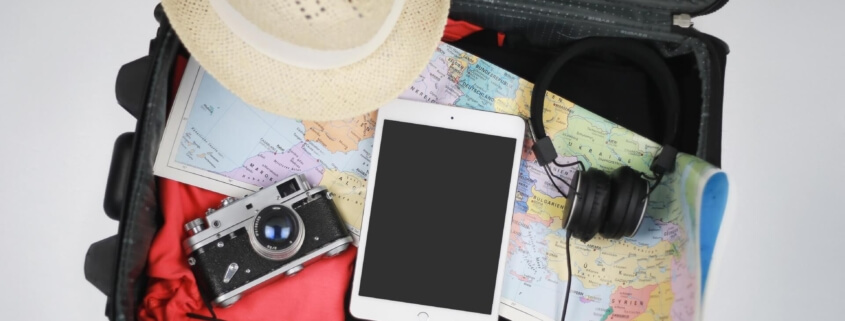
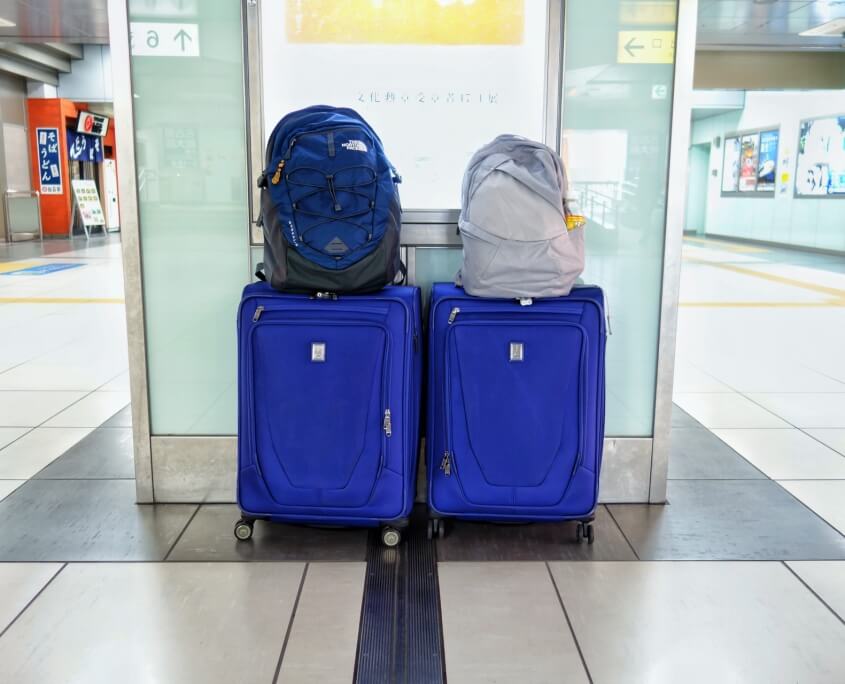
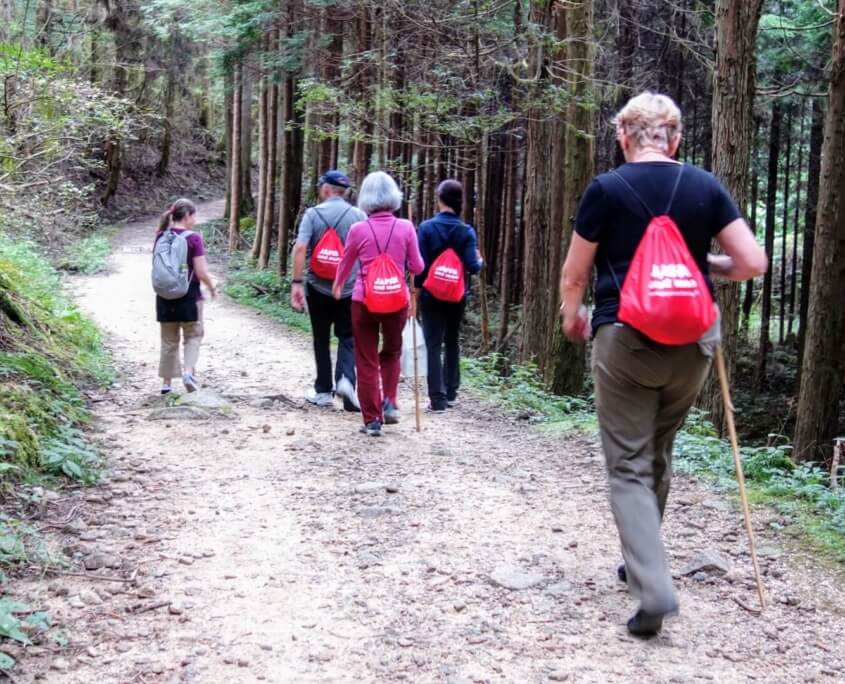
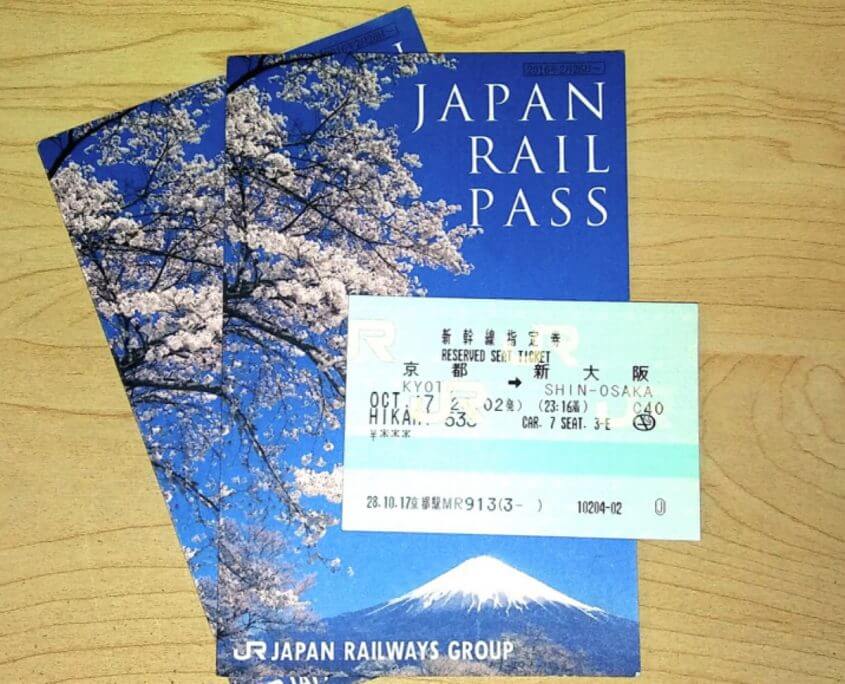

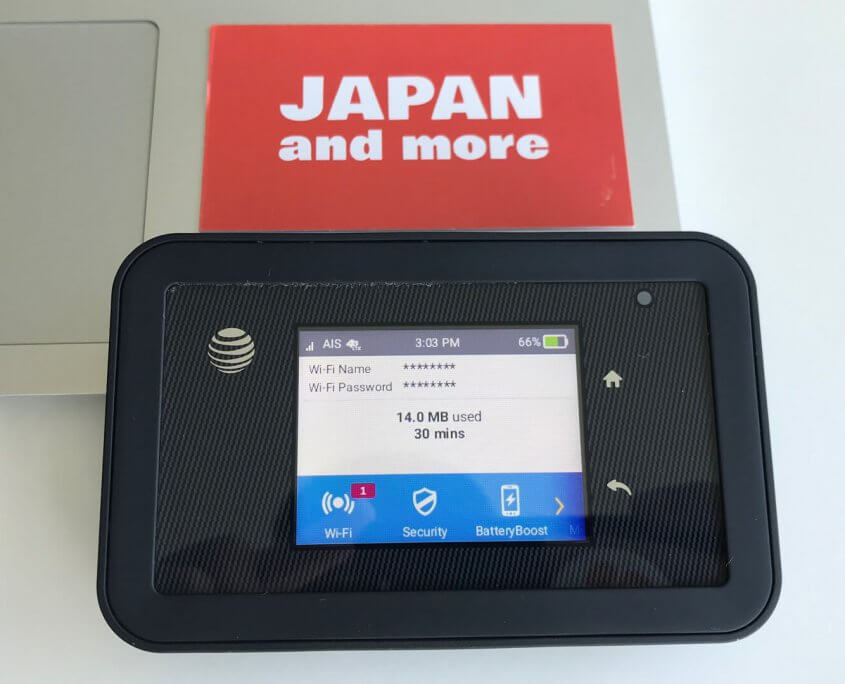
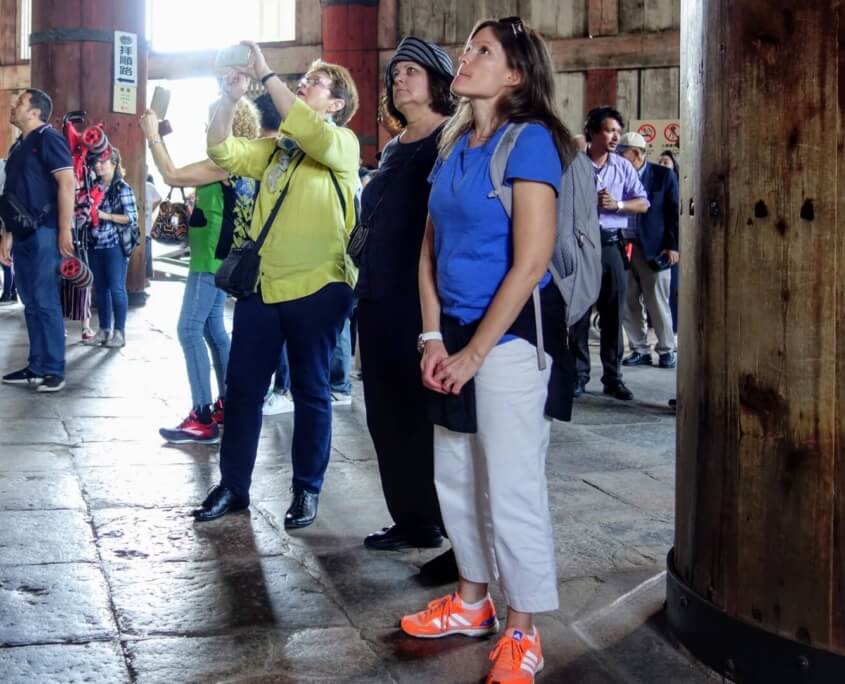
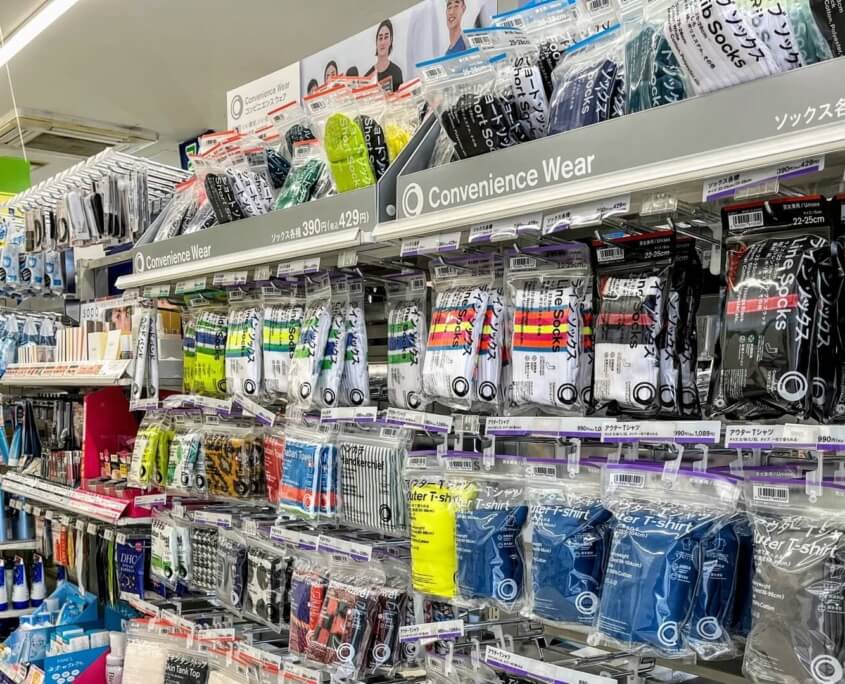
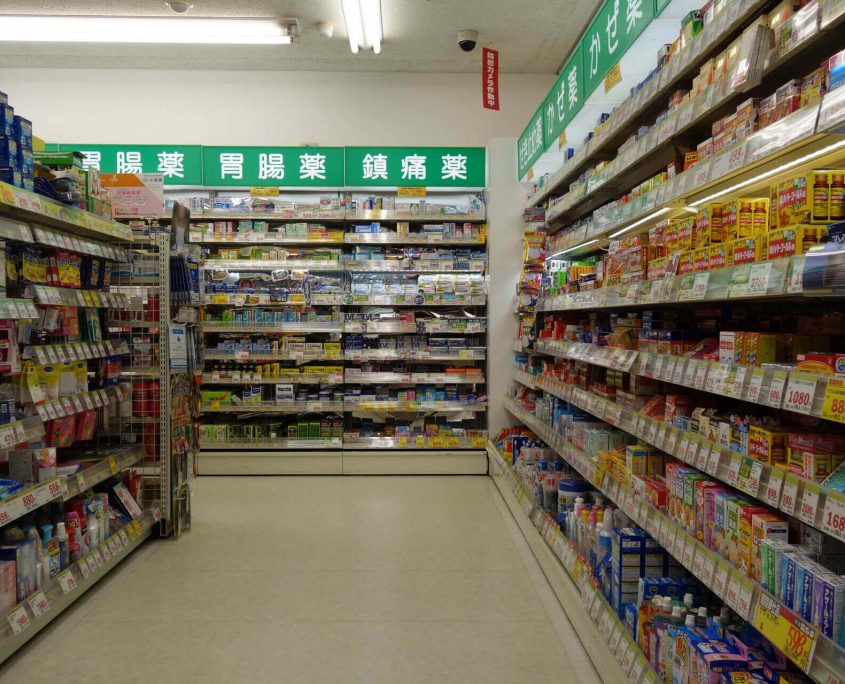
 @JAPANandmore
@JAPANandmore 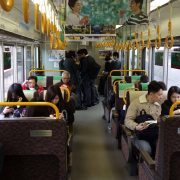 ©JAPAN and more
©JAPAN and more  @JAPANandmore
@JAPANandmore 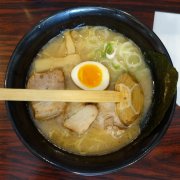 ©JAPANandmore.com
©JAPANandmore.com 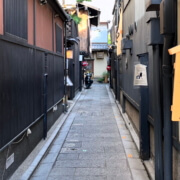 ©JAPANanmore.com
©JAPANanmore.com 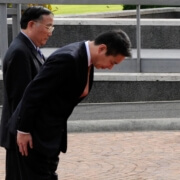





 @JAPANandmore
@JAPANandmore @JAPANandmore
@JAPANandmore